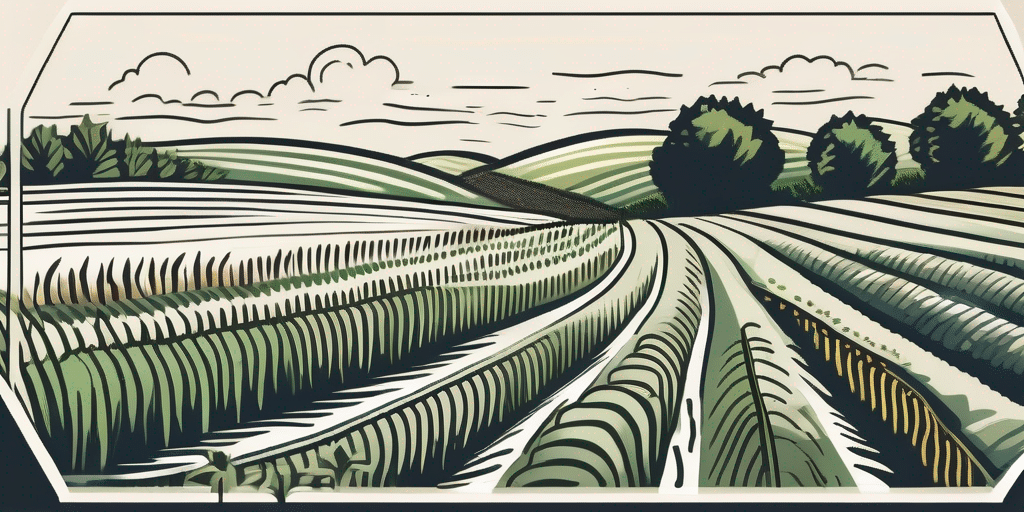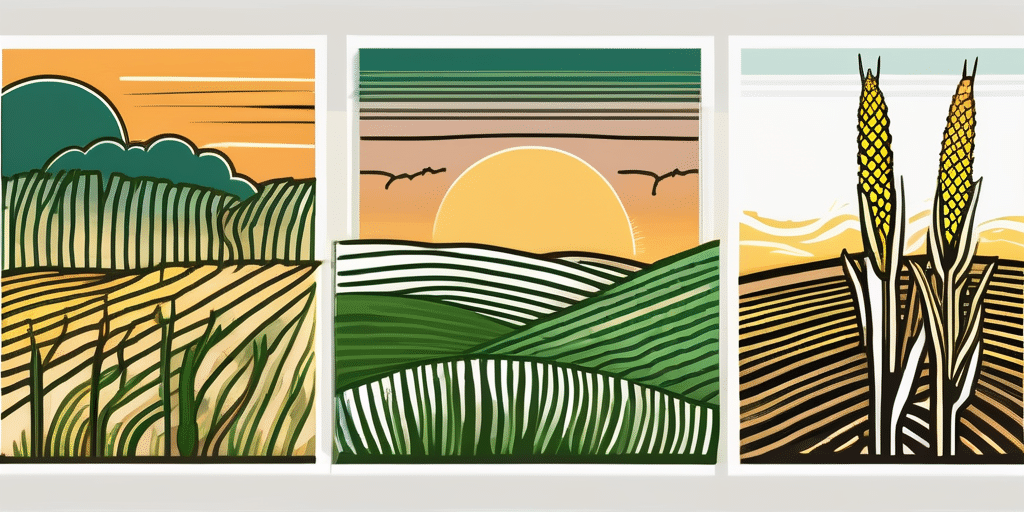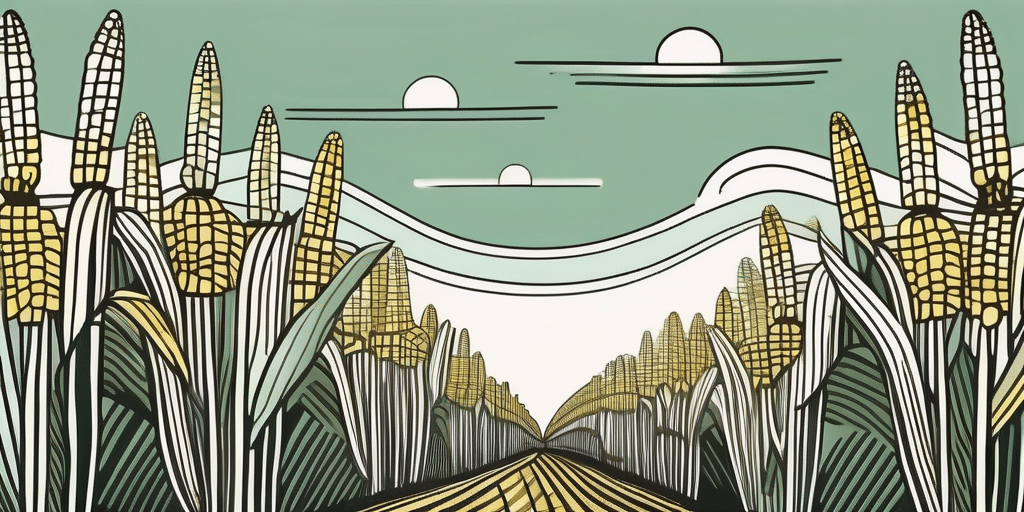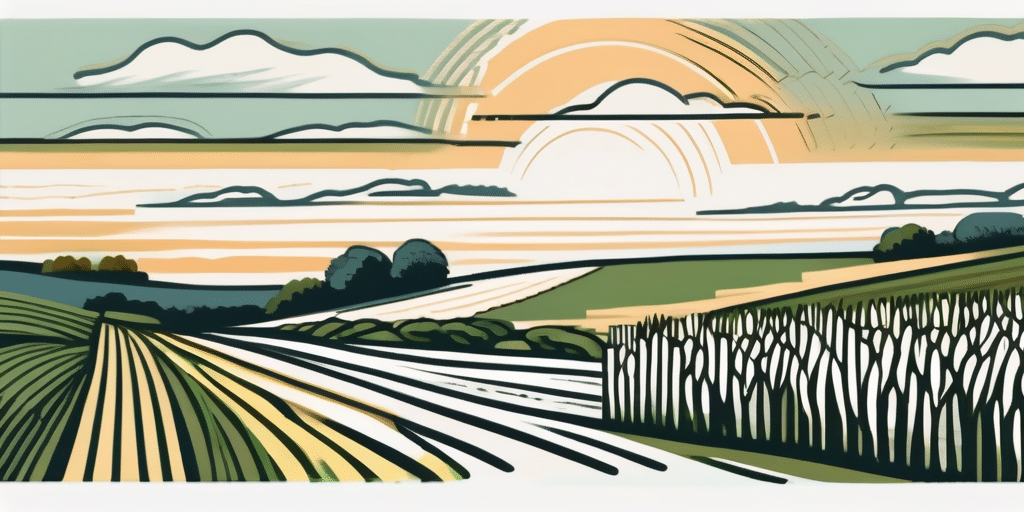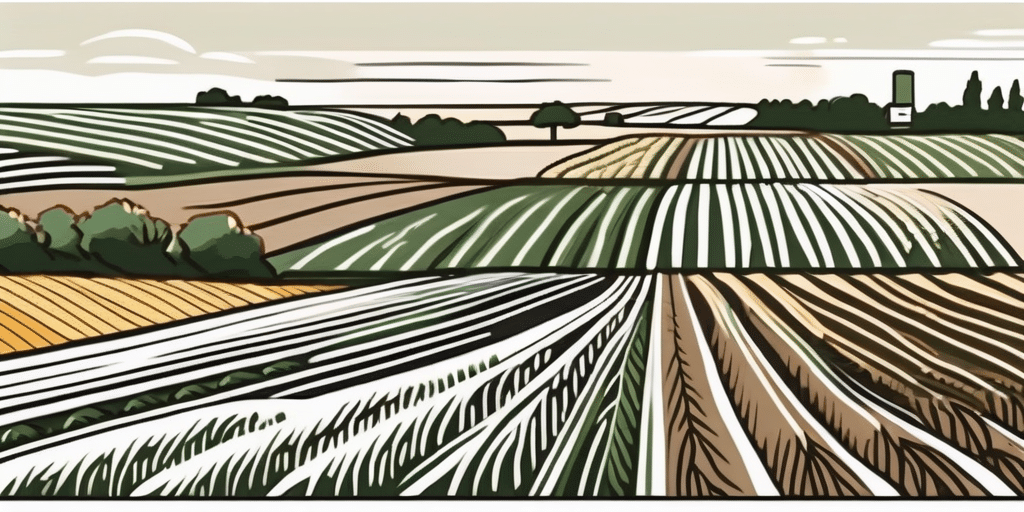Honey Select corn is a popular variety among Kansas farmers due to its exceptional sweetness and tender kernels. If you’re a corn enthusiast and reside in the beautiful state of Kansas, this article will guide you on when to plant Honey Select corn and provide helpful tips on how to grow it successfully.Kansas, known for its vast prairies and agricultural heritage, boasts a diverse climate that plays a crucial role in shaping the state’s agricultural landscape. The western regions of Kansas, such as the High Plains, are characterized by arid conditions and lower average precipitation levels, while the eastern parts enjoy more moderate temperatures and higher rainfall. This climatic variation across the state influences the types of crops that can be successfully grown in different regions, including the popular Honey Select corn.In addition to the climate variations, Kansas is also home to a unique topography that further impacts its growing conditions. The state features a mix of flat plains, rolling hills, and river valleys, each offering distinct microclimates that can affect crop cultivation. Farmers in Kansas must consider not only the overall hardiness zones but also these localized environmental factors when planning their planting schedules and crop selections. Understanding the intricate interplay between climate, topography, and hardiness zones is essential for successful agriculture in the Sunflower State.
When to Plant Honey Select Corn in Kansas
The optimal time to plant Honey Select corn in Kansas is in late April or early May, when the soil temperature has reached around 50°F (10°C). This temperature range ensures that the seeds germinate efficiently, leading to healthy plants. It is crucial to monitor the soil temperature using a soil thermometer to determine the appropriate time for planting.
Additionally, keep in mind that corn is a warm-season crop and requires a minimum of 60 frost-free days to reach maturity. Considering this, planting Honey Select corn in Kansas by mid-May ensures sufficient time for growth and harvest before the onset of frost in the fall.
Before planting your Honey Select corn, it is beneficial to prepare the soil properly. Corn thrives in well-drained, fertile soil with a pH level between 6.0 and 6.8. Conduct a soil test to determine the pH level and nutrient content of your soil. Based on the results, you may need to amend the soil with organic matter or fertilizer to provide the necessary nutrients for healthy corn growth.
When planting the seeds, ensure they are sown at a depth of 1.5 to 2 inches and spaced about 8 to 12 inches apart in rows. Proper spacing allows the corn plants to receive adequate sunlight, water, and nutrients, promoting optimal growth. As the plants grow, consider implementing a regular watering schedule, providing about 1 to 1.5 inches of water per week, especially during dry periods.
How to Plant Honey Select Corn
Now, let’s dive into the step-by-step process of planting Honey Select corn in your Kansas garden:
- Choose the right location: Select a sunny spot in your garden that receives at least 6-8 hours of direct sunlight per day. Corn thrives in well-drained soil, so ensure that the chosen location has good drainage.
- Prepare the soil: Prior to planting, amend the soil with organic matter such as compost or well-rotted manure. This enhances soil fertility and improves moisture retention.
- Planting seeds: Create furrows in the soil that are approximately 1 inch deep. Sow the Honey Select corn seeds at a spacing of 8-12 inches apart, allowing enough room for the plants to grow and develop.
- Watering: After planting, water the seeds thoroughly to ensure good soil moisture. Subsequently, maintain consistent moisture throughout the growing season, as corn requires adequate water for healthy growth.
- Fertilization: Apply a balanced fertilizer, such as a 10-10-10 or 14-14-14 formulation, when the corn plants are about 6 inches tall. Follow the recommended application rates based on the fertilizer package instructions.
- Weed control: Regularly monitor the corn field for weeds, as they compete with the plants for nutrients and water. Use mulch or hand-pull the weeds to maintain a weed-free environment.
Now that you have the basics down, let’s delve into some additional tips and tricks to help you achieve a bountiful harvest of Honey Select corn:
1. Crop Rotation: To prevent the buildup of pests and diseases, it is advisable to rotate your corn crop with other unrelated plants each year. This practice disrupts the life cycle of pests and reduces the risk of disease transmission, resulting in healthier corn plants.
2. Supportive Structures: As your Honey Select corn plants grow taller, they may require additional support to prevent lodging (falling over) during strong winds or heavy rain. Consider using stakes or trellises to provide support and keep your corn plants upright and thriving.
By implementing these additional strategies, you can maximize the potential of your Honey Select corn crop and enjoy a successful harvest. Remember, gardening is a continuous learning process, so don’t be afraid to experiment and adapt your techniques to suit your specific growing conditions.
When to Harvest or Pick Honey Select Corn in Kansas
A key aspect of growing Honey Select corn successfully is knowing when to harvest or pick the ears. Here are a few indicators that help determine the right time for harvest:
- Silks: The silks on the corn ears should appear dry, brown, and brittle.
- Ears: The ears of the corn should be filled out with plump and well-developed kernels.
- Taste test: Peel back the husk of a sample ear and taste a few kernels. If they are sweet and juicy, it’s a good sign that the corn is ready for harvest.
Typically, Honey Select corn reaches maturity and is ready for harvest around 70-90 days after planting. However, it is essential to check the specific instructions provided by the seed supplier or refer to reliable agricultural sources for accurate maturity information.
Frequently Asked Questions
Q: Can I plant Honey Select corn earlier in Kansas?
A: While it may be tempting to plant Honey Select corn earlier, it’s crucial to avoid planting too soon when the soil is still too cold. Cold soil impedes seed germination and may result in poor plant establishment. Waiting until late April or early May ensures optimal soil temperatures for successful germination.
Q: Should I start seeds indoors before planting?
A: Starting corn seeds indoors is generally not recommended as corn has a relatively large root system and can experience transplant shock. It is best to sow the seeds directly into the garden soil when the conditions are favorable.
Q: How can I prevent common pests and diseases that affect corn?
A: To prevent pests and diseases, keep the corn field clean from debris and weeds. Rotate crops annually to disrupt pest populations. Additionally, practicing good garden sanitation and monitoring for common corn pests, such as corn borers and aphids, can help prevent major infestations. Consult your local extension office or agricultural authority for specific recommendations based on your region.
Q: Can I save seeds from Honey Select corn for the next year?
A: While it’s possible to save seeds from Honey Select corn for the next year, it’s essential to select open-pollinated or heirloom varieties. Hybrid varieties may not retain the same desirable characteristics in subsequent generations. Proper isolation techniques should also be followed to avoid cross-pollination with other corn varieties.
By following these guidelines and paying attention to the needs of Honey Select corn, you can enjoy a bountiful harvest of delicious and sweet corn in your Kansas garden. Happy planting!
Join Our Gardening Community
Ready to take your Kansas garden to the next level? Subscribe for free to How to Grow Everything and start building the garden of your dreams today! Receive personalized gardening advice tailored to your specific location, grow zone, and experience level. Our family is dedicated to helping you grow, with the best gardening tips and special offers delivered straight to your inbox. Join thousands of happy gardeners and get access to our extensive library of free growing articles – all with no spam, just pure gardening gold. Subscribe now and let’s grow together!

